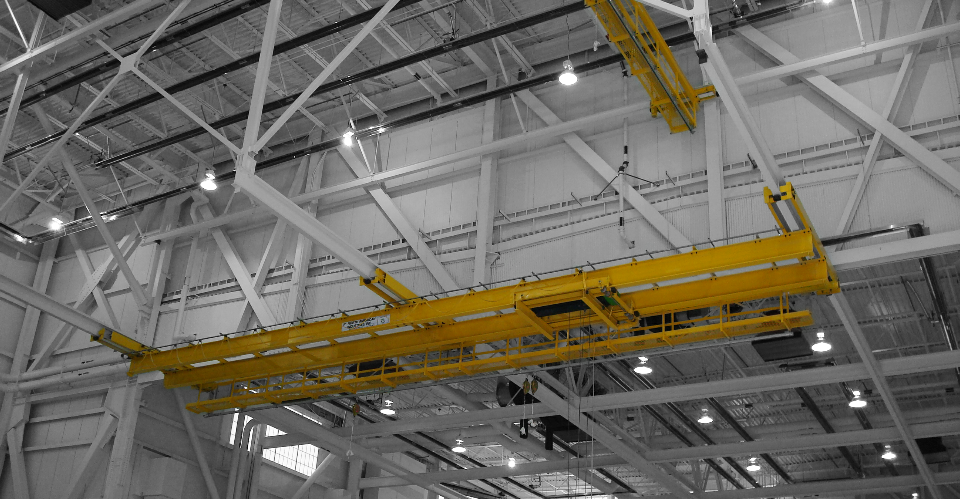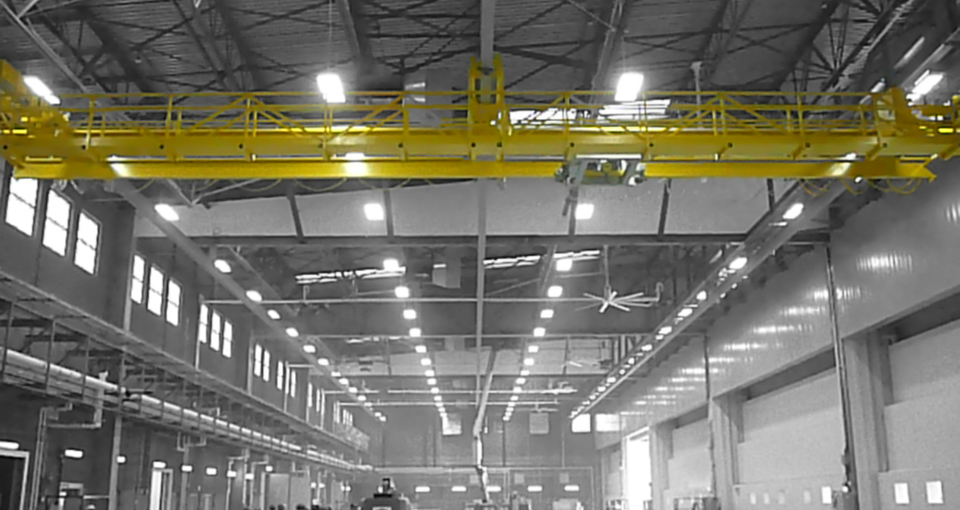



Products |
Services |
Learning Center |
Industries |
Contact Us |
|
|
||||
|
Case Studies |
Aircraft Hangars |
|
||
|
Crane Glossary |
|
|||
|
NAI In The News |
|
|||
|
|
|
|||
|
|
|
|
||
|
|
|
|
|
|
|
|
|
|
|
|
|
© NAI Cranes, LLC 2008- |
|
|||

















